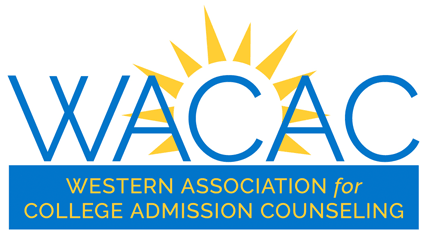It’s fall and that means that we are busy! Admission counselors are recruiting all over the country and sometimes the world, giving presentations and talking to students about all the amazing opportunities our colleges and universities have to offer. High school counselors are busy working with seniors in the college selection and application process, trying to get them to not procrastinate or freak out along the way. As we go through this process, it is important we keep in mind that not all students have the same experiences. There are always going to be students who need an additional push; students who need that extra time, information, and resources. One such population of students is homeless and foster youth.
I usually like to start my day with a little bit of reading on current events. I’m not exactly a morning person so it helps wake up my brain. This morning I came across a brief blurb on Education Week which stated that the percentage of homeless youth in schools has increased by 8% in recent years.
The message here is that these students exist. They are in our high schools, a lot of the time going unrecognized. Same goes for foster youth. The most challenging part about working with this population of students is that a lot of the time we don’t know their circumstances, unless they choose to disclose this information. It is more probable for high school counselors to be aware of a student’s status because they see these students on a more regular basis. Communication between high school counselors and admission counselors then becomes extremely important. For admission counselors, unless a student chooses to disclose this information in his or her college essay, the full picture of the student’s situation is without context. Whether at the high school or university level, as counselors we want to make sure we have the appropriate information and understanding about the options these students have. We want to make sure we guide these students appropriately and help them navigate the college-going process successfully. We want to teach these students that disclosing this information, in a way that is comfortable to them, is an important step in advocating for themselves.
The article entitled “Getting Homeless and Foster Youth into College” provides some valuable information and resources. Until recently, I myself was not aware of the Guardian Scholars Program. This program has various chapters at a number of universities that work in providing foster youth with the resources necessary to transition into college. As a best practice we should try to become familiar with these types of resources, organizations, and scholarships as a way of more effectively working with this distinct population of students. I know we are all busy but we can all take a few minutes out of our day to stay current – whether it’s in the morning, in between school visits, while eating dinner alone on the road, or because you can’t sleep at night. We owe it to our students.
By Maria Rodriguez

